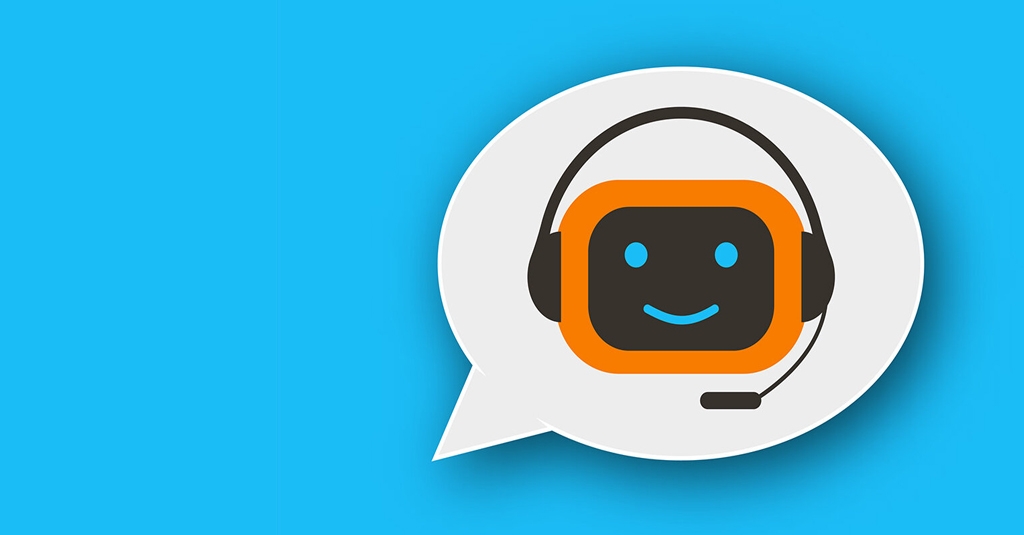Intelligent chatbots are becoming a significant part of today’s digital era for most of the learning and development organizations. Modern learners are prone to smart chatbots on their customized mobile devices including smartphones and tablets. Bots are computer programs that communicate with a user in natural language, analyze their needs and then send responses based on specific business needs. The emergence of instant messaging apps, modern learning technologies, artificial intelligence and automation are driving the chatbot trend on a global scale.
Why Choose Chatbots over Humans?
With technological advancements, we are at the cusp of change with the belief that scope of chatbots will rise in the next industrial revolution. These personalized devices help organizations in different ways as discussed below:
- Bots provide several benefits over traditional interfaces by simplifying the applications for users. For instance, instead of exploring information via an interface, users can simply type or say what they want.
- The user interface (UI) provided by chatbots require less training, provided they can translate natural language into actions.
Figure 1: Chatbot Use for E-Learning - Bots help to improve customer experiences by presenting video recommendations. For instance, if a customer has an issue with some product, he can connect with chatbot and it will provide recommendations on how to fix the issue.
Like other sophisticated technologies, there are few factors that contribute towards the emergence of chatbots in the last few years. As per Forrester Research, 9% of Fortune 500 companies embed bots with e-learning. Chatbot technology is an increasing proposition to enterprises for ample reasons. Even the simplest rule-based chatbot offers incredible benefits which include automating iterative tasks, enhanced availability and utilization of resources and decreased operational costs. Chatbots can deliver continuous learning experiences, leading to improved workplace productivity, sales conversions and brand presence in the market. Increased learning efficiency and customer satisfaction are the key benefits of intelligent bots.
The Chatbot Future Making an effective use of chatbot may seem simple to achieve today, with the availability of wide array of tools and technologies. Businesses can enable customer services which are quick as well as efficient. It is quite imperative that well-designed bots are used to facilitate learning anytime and anywhere. Using machine learning, we can see smart bots developed for different users, based on current data and conversations. For instance, an airline customer may search for a specific flight three month before. When the travel date comes nearer, chatbots use that information to initiate prompt booking. Bots do not need to impersonate human behavior to improve business outcomes and deliver optimum experiences; but they must deliver responses that collaborate with varied learning needs and apply meaningful responses to such requirements over time.
The success of chatbots depends on their ability to be intelligent, understand their users’ customized needs and most importantly to continuously improve their learning experiences. As per Gartner, 85% of learner interactions will be managed without a human by the year 2020 and bots will play a major role. Chatbots are in an infancy stage, but their efficiency is all set to be seen broadly across diverse industry domains. The more the user interacts with the bot, the smarter the bot becomes in imparting customized content.
Suggested Further Reading: – Click Here








